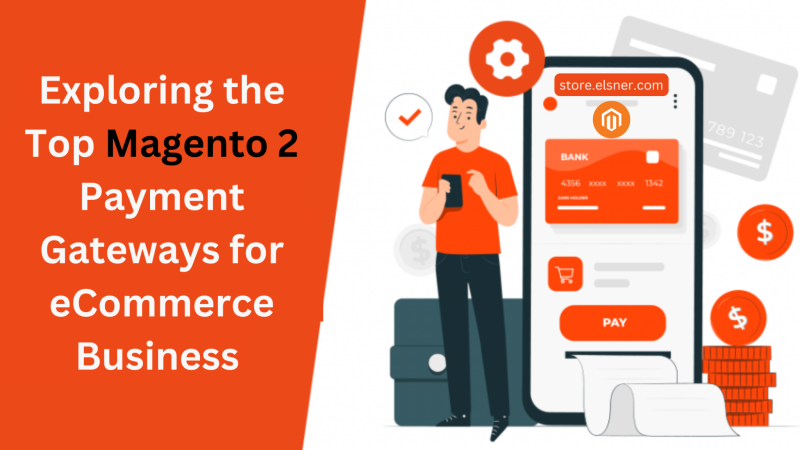How a Cross-Platform Integration System Can Improve Your Business Dramatically – glew.io integrations

It’s no secret that businesses need to keep up with the latest technology trends to remain competitive. But for many small businesses, implementing new technologies can be expensive and time-consuming. It may not even be possible in some cases due to budgetary or technical constraints. That’s where a cross-platform integration system like glew.io integrations comes in. A cross-platform integration system can help small businesses get the most out of their existing technology investments without breaking the bank by integrating different software applications.
A cross-platform integration system is designed to work with various software applications, making it easier and more affordable for small businesses to implement new technologies. For example, a business that sells products on its website via Woocommerce and through an Amazon store needs a reliable way to track metrics from both platforms in one central location. Without a cross-platform integration system, the business would need to invest in two separate software solutions for their website and one for their Amazon store. This would be more expensive, but it would also require the business to maintain two separate data sets.
A cross-platform integration system can also help businesses keep their data secure. When data is spread across multiple software applications, it can be difficult to track and manage. This can lead to security breaches and data loss. By consolidating data into a single platform, businesses can more easily protect their information.
A cross-platform integration system is critical to managing all of your channels in today’s technology-driven world. This article will discuss the benefits of using a cross-platform integration system for your business, discuss some of the features to look for in a quality system, and provide tips on getting started.
Benefits of a Cross-Platform Integration System
There are many benefits of using a cross-platform integration system for your business. Here are some of the most important:
Cost savings
By integrating different software applications, you can avoid purchasing multiple software solutions. This can save your business a significant amount of money.
Increased efficiency
A cross-platform integration system can help your business run more efficiently by consolidating data into one central location. This can save your employees time and increase their productivity.
Improved security
When data is spread across multiple software applications, it can be difficult to track and manage. This can lead to security breaches and data loss. By consolidating data into a single platform, businesses can more easily protect their information.
Greater flexibility
A cross-platform integration system allows you to quickly and easily add new software applications as your business needs change. This can help your business stay agile and adapt to new market trends.
What to Look for in a Cross-Platform Integration System
When choosing a cross-platform integration system, there are a few important features to look for:
API support
The system should offer an application programming interface (API) that allows you to connect to and integrate with a variety of software applications.
Web-based platform
The system should be accessible from any web browser, making it easy for you and your employees to use.
Scalability
The system should be able to scale as your business grows. This will ensure that the system can meet your future needs.
How to Get Started with a Cross-Platform Integration System
If you’re interested in using a cross-platform integration system for your business, there are a few steps you can take to get started:
Define your needs
Before choosing the right system, you need to understand your business needs. For example, what software applications do you want to integrate? What data do you need to consolidate? Answering these questions will help you narrow down your options.
Research your options
Once you know what you need, you can start researching your options. Look for systems that offer the features and functionality you require. Be sure to read online reviews to understand how well the system works in real-world scenarios.
Choose a system
After doing your research, you should be able to choose a system that meets your needs. Be sure to test the system thoroughly before committing.
Implement the system
Once you’ve chosen a system, you’ll need to implement it. This process will vary depending on the system you choose. Be sure to follow the instructions carefully to ensure a smooth transition.
Maintain the system
Once the system is up and running, you’ll need to maintain it. This includes keeping it up-to-date with the latest software applications and security patches.
Test and re-test
Finally, test the system regularly to ensure that it is working properly. This will help you catch any problems early and prevent them from becoming serious issues.
Other FAQs about Cross-Platform Integration Systems
What is the difference between a cross-platform integration system and an enterprise service bus (ESB)?
An ESB is a type of cross-platform integration system. However, an ESB is typically more complex and offers more features than a traditional cross-platform integration system.
How much does an integration system cost?
The cost of a cross-platform integration system will vary depending on the features and functionality you need. So be sure to shop around and compare prices before making a purchase.
Is an integration system right for my business?
A cross-platform integration system can be a valuable tool for businesses of all sizes. For example, if you need to consolidate data or integrate multiple software applications, an integration system may be a good fit for your needs.
What are the benefits of using an integration system?
Using an integration system has many benefits, including improved security, greater flexibility, and easier data management.
Will an integration system work with my existing software?
Most integration systems are designed to work with a variety of software applications. However, it’s always a good idea to check with the vendor to ensure that the system is compatible with your existing software.
What is the difference between an on-premise and cloud-based integration system?
An on-premise integration system is installed and operated on your servers. The vendor-hosted a cloud-based integration system and accessed via the internet.
How do I choose the right cross-platform integration system for my business?
When choosing an integration system, be sure to consider your business needs. For example, what software applications do you want to integrate? What data do you need to consolidate? Answering these questions will help you narrow down your options.






